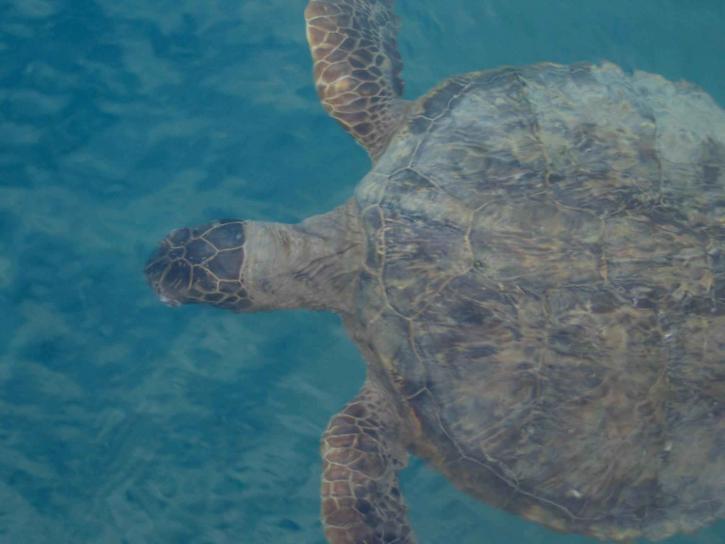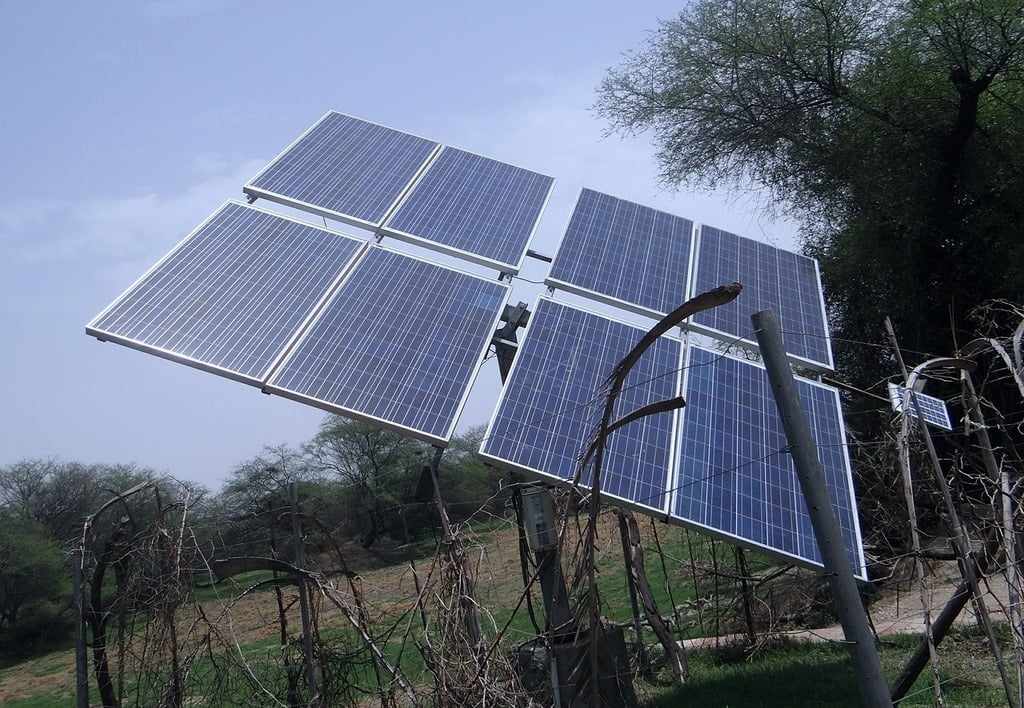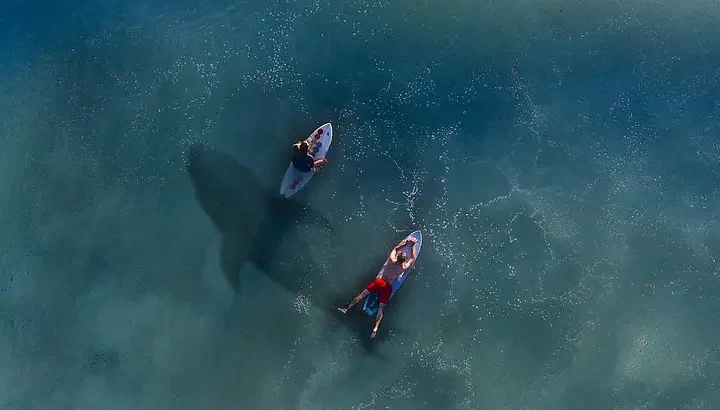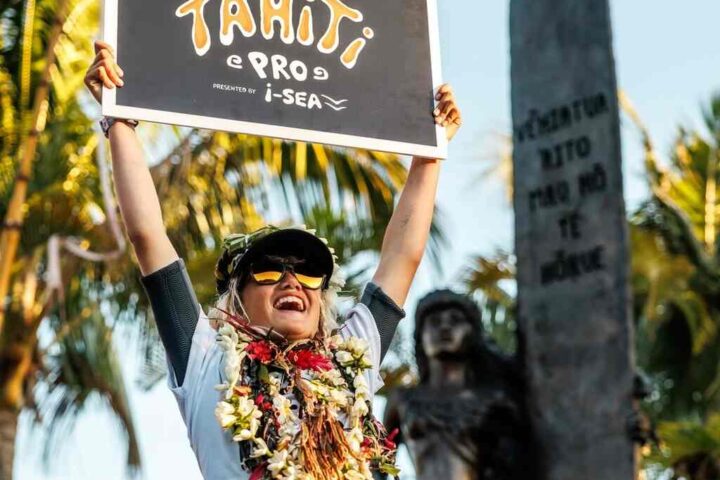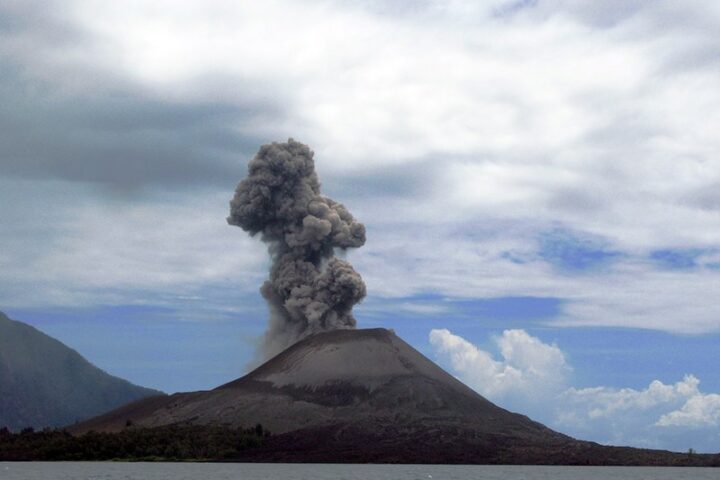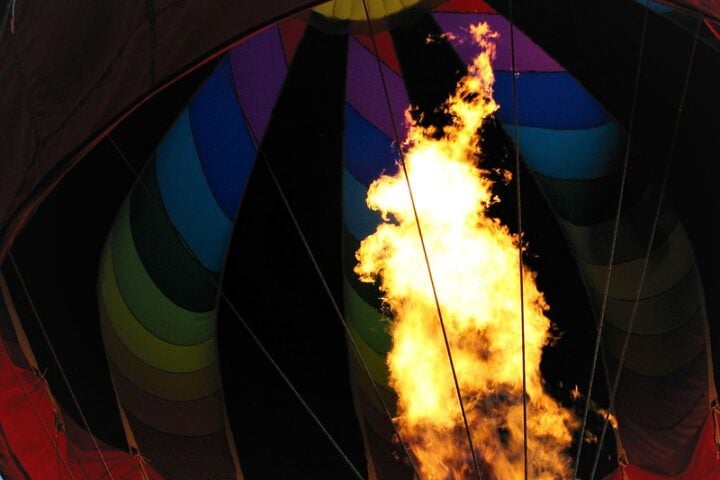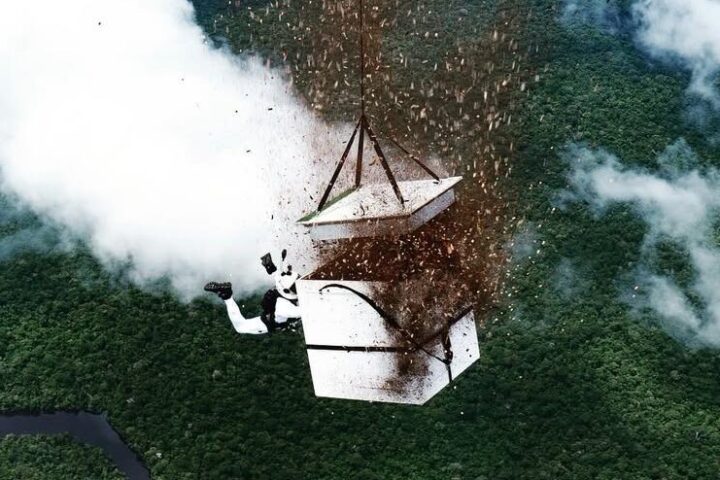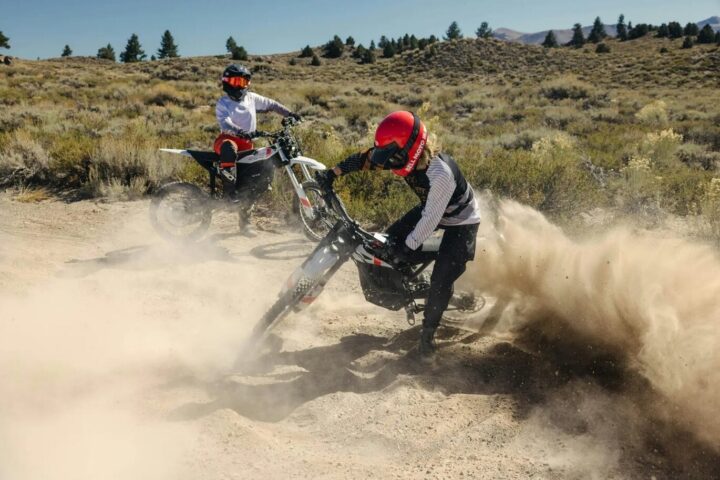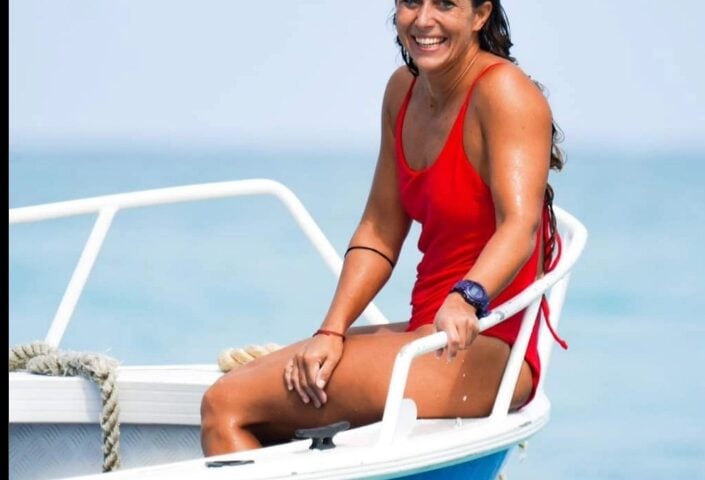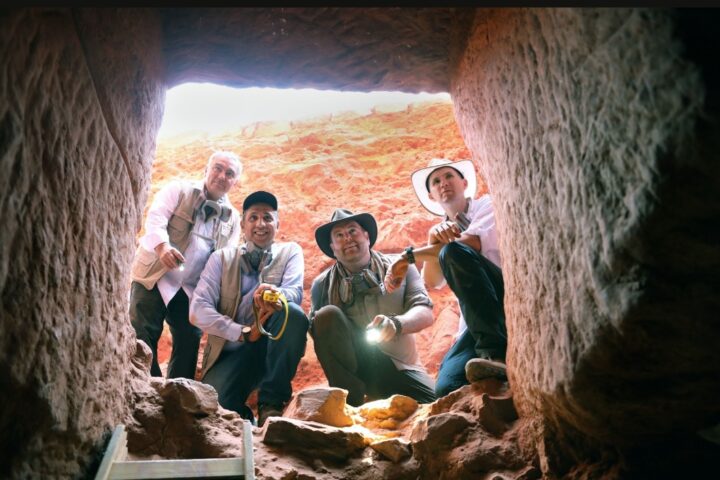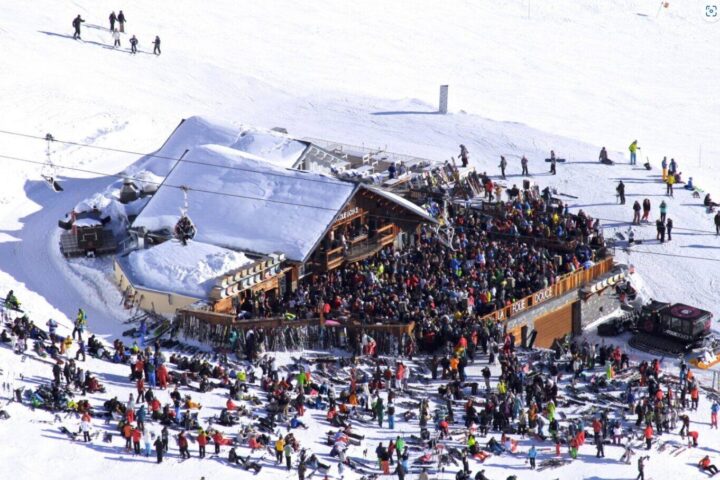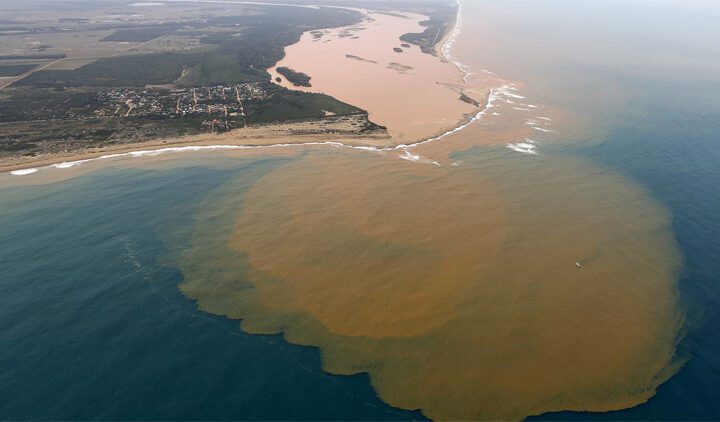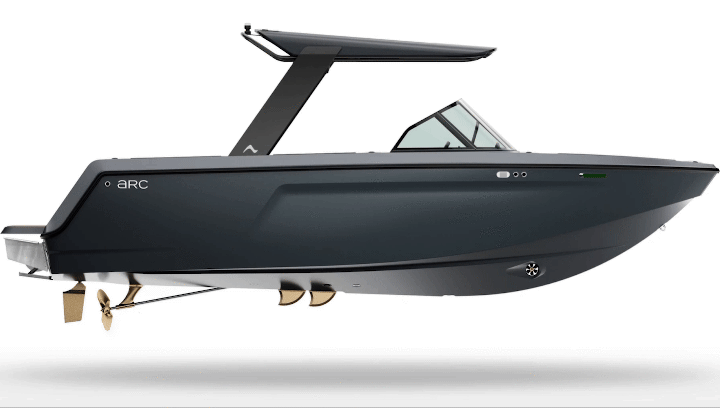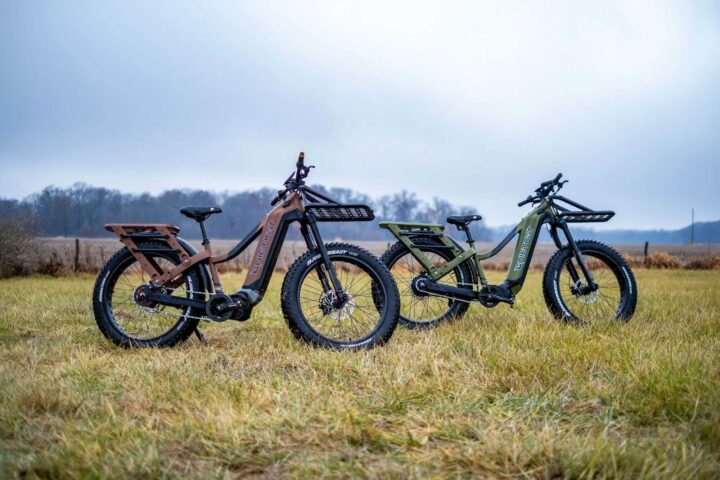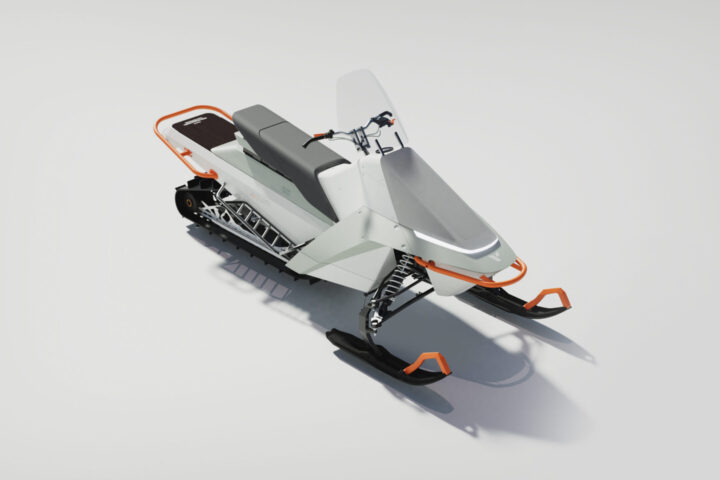An Ampere Nexus electric scooter reached Shipki La Pass at an altitude of approximately 12,972 feet (3,930 meters) in mid-August 2025, becoming the first electric two-wheeler to reach this remote Himalayan location near the Line of Actual Control (LAC).
The 425-kilometer journey from Chandigarh took three days, with riders traveling through Shimla, Reckong Peo, and Pooh before entering Kinnaur Valley and finally reaching the pass. The timing aligned with India’s 79th Independence Day celebrations.
“From conquering Kashmir-to-Kanyakumari to scaling one of India’s highest passes, the Ampere Nexus shows that India’s EV tech can go the distance — from our cities to our borders,” said Vikas Singh, MD of Greaves Electric Mobility.
The expedition joined the Indian Army’s Border Tourism Initiative organized by the Tripeak Brigade of Surya Command. At the destination, riders and Army jawans participated in a flag-hoisting ceremony.
The scooter uses a 3 kWh lithium-ion battery with a telescopic front fork and twin rear shocks. Its motor provided sufficient power to handle steep climbs and rocky patches throughout the journey. The manufacturer states a certified range of up to 136 km per charge, with real-world performance typically between 100-120 km depending on terrain conditions.
The team utilized charging infrastructure where available during the expedition. The India Book of Records citation mentioned “ease of charging” as part of the ride’s capability.
Shipki La is a historic Indo-Tibetan trade route disrupted after 1962; in 2025, authorities announced it open to domestic tourists with controls and permits.
The India Book of Records updated its database, recognizing the Ampere Nexus as the “First Electric 2-Wheeler to Reach Shipki La Pass.”
Greaves Electric Mobility has announced plans to release a film about the expedition on Ampere’s social media channels.
The scooter produces no tailpipe emissions, a relevant factor in high-altitude ecosystem.
The scooter completed the journey from Chandigarh to Shipki La Pass, covering more than 425 kilometers in three days and reaching an altitude of approximately 12,972 feet as part of the Border Tourism Initiative during India’s 79th Independence Day.


